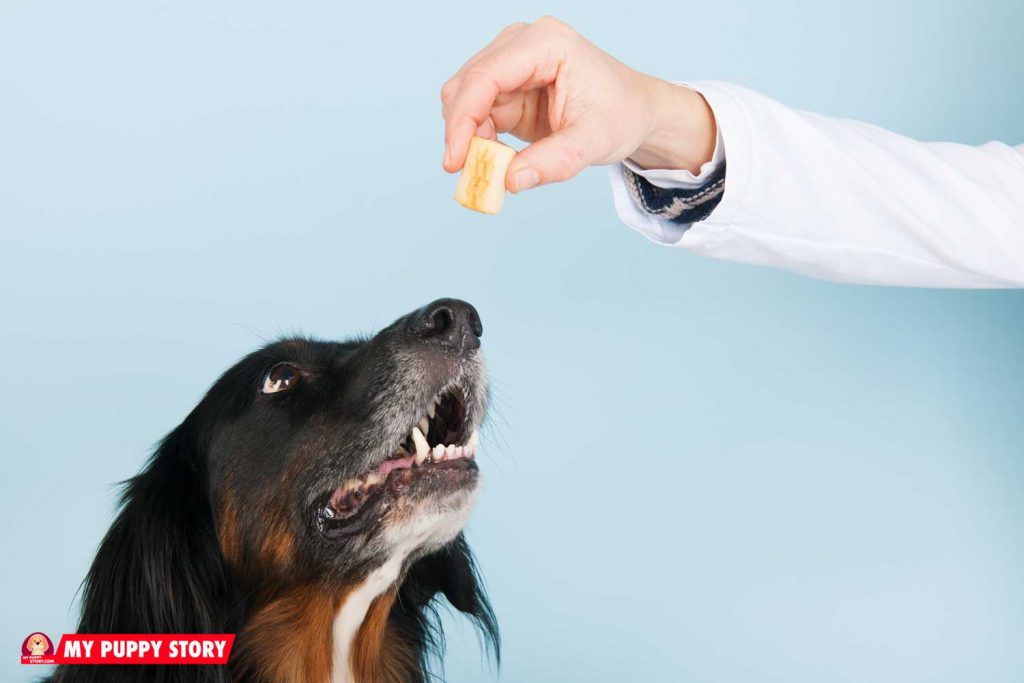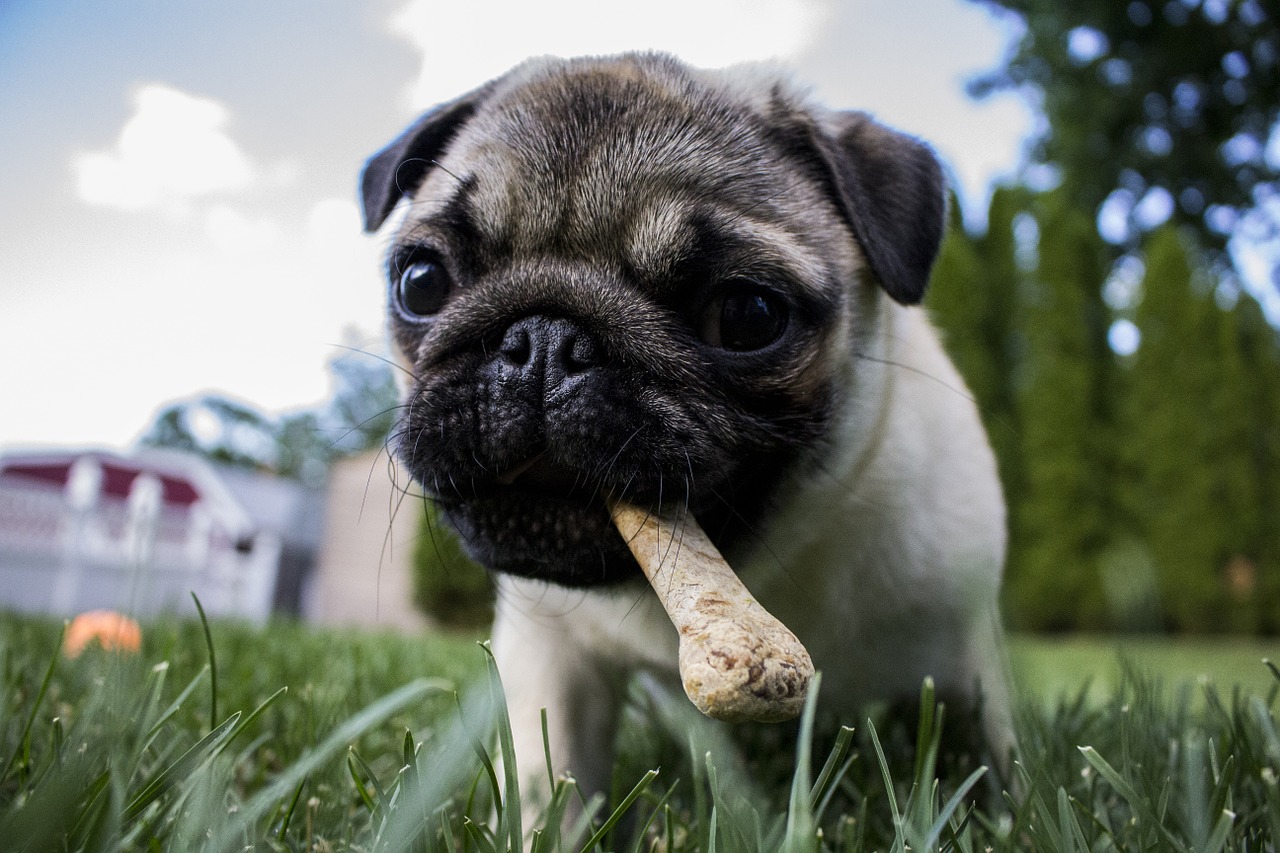
This article highlights the importance placed on a reward system along with positive reinforcement, which is useful as a means to encourage positive thinking in not just the puppy but also the trainer. This article is your fast track guide to exploring the boundaries of positive reinforcement.
Instill positive training in your dog from an early age, allowing both you and the dog to learn and grow while learning new talents and disciplinary skills. This training is not just for highly athletic or pageant dogs, but it is a healthy exercise for all dogs. This training is very useful for dogs in various departments, especially those that are associated with assisting in professional fields such as firefighting and security.
Know how to treat your dog. It is crucial to know the reward system while enforcing the positive reinforcement training. There are a few important things you must know.
From food treats to praise, from a walk in the park to a game of fetch, know what your dog likes the most to form a list of treats pertinent to different rewards for different acts.

Continuous reinforcement allows you and your dog to be more successful in implementing positive reinforcement. It is crucial that every time your dog obeys your cue or behaves well, it is rewarded.
Once your pet has learned the appropriate manners, you may want to apply intermittent reinforcement, which means you will continue praising your dog but gradually decrease the number of times it receives a treat for obeying your cue. This will make the dog more submissive. Slowly decrease the number of time you reward the dog; do not go too slow or too fast, as that would be ineffective. Continue to praise it every time by verbal appreciation.
Build a system such that the dog responds to your command; this can be done by verbal appreciation and everyone around the dog following the same set of rules as you such as calling it by its name and having similar ways of rewarding it. This will help make your dog's training more effective.
When you and your dog are in an unfamiliar setting with diversions or when your dog is learning something new, you must up your game. Just like you would want to get a higher salary for doing a more complicated job, your dog needs to be paid more, which means a higher reward.
Therefore, whenever you are training in a new environment or teaching something new, increase the value of your treats. However, one thing to remember is that the treat should still be in small pieces. You should ensure they are pea-sized or even smaller so that your dog does not overeat or spend more time chewing on its treat than paying attention to you.
Be patient and use simple commands. Be sure that the timing of your reinforcement is correct. Remember the 4 basic principles of positive training: use positive reinforcement; avoid physical punishment, fear or intimidation; understand the concept of dominance; and look at things from your dog's point of view.
Use food or toys to motivate the dog to help achieve the set goals. If you do not substitute a closed hand command, then the pet will respond to seeing the reward rather than the hand signal or the word.
For this, you must know your dog and your ability to provide for it. This also requires you to be in a good frame of mind. You can reward your dog by praising it, giving it a new toy, playing games with it, taking it for a walk, taking it to a dog spa or giving it a treat, which must vary as the dog may get used to one form of treat. Also, not all dogs are outgoing or motivated by food, so you need to be sure you are rewarding your dog with what it likes.
Giving any form of attention to a barking dog, a dog that is jumping up, or a dog scratching at the back door only serves to tell it that this is permissible and is gaining attention. Sometimes people even give a bit of food, pet the dog, or play with it in an attempt to calm it down. However, this can be problematic as it is the opposite of what positive reinforcement aims to teach. You must draw a line between good and bad behavior and teach your dog what is permissible and what is not.
Hopefully, all these directions will help you better train your pet and indulge in positive training that is beneficial for you and your pet. Positive reinforcement is known to work and is recommended by celebrity dog trainer, Cesar Millan, who practices it as a part of his job. It is known to be successful and effective and is a good way to bond with your dog. Use these useful directions and be patient; results will yield over time.
